Market Analysis - Shopify Art & Design Stores

Image from Poster Box
Market identification - Picking a truly niche market
I love beautiful things. I love good art; I love good design. It would only make sense to focus on a market of which has products that you enjoy, so it energizes you along the way.
In order for me to understand whether the market makes sense for me to pursue, I need to also understand whether the expected returns of creating an app in this space makes sense. Most of all, it’s best if it’s small enough that it can be expanded once the market gets saturated, but not so big that there’s a risk of not solving unique enough problems for the market.
Using the number of stores in that market, the expected LTV of my app, the expected penetration (usually 1 to 15% in SaaS and if you’re doing well, it can easily go to 40% and more), I can calculate the total addressable market.
26k * $100 (LTV) * .75 (CAC) * 1% (penetration) ~= 19.5kThen, I realized that I should really only address the stores that are making any money, as with art & design stores it is more likely that the store isn’t making any. So I narrowed it down to stores that make between 3k and 50k MRR. With this, there were way fewer stores, but the important thing was that this was a strongly identifiable market that I could extend as soon as the market was saturated.
5k * $100 (LTV) * .75 (CAC) * 1% (penetration) ~= 3.75k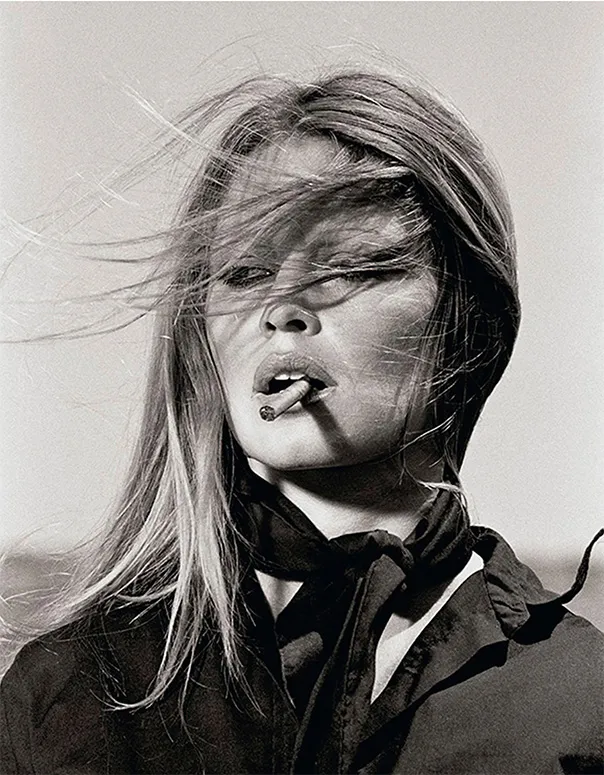
Image from Petra Gut Contemporary
Market analysis - Finding watering holes
Next step was to find out where the Shopify art people actually congregate. There are a lot of different ones, but not many where I could actually identify individual merchants and have conversations with them. I had to narrow the search down a lot.
The ones left on the sieve were the following. What I have learned is that the frequency of posts from merchants in this niche is not high enough for me to have regular conversations through these mediums. So the only way of talking to them is by contacting them directly instead.
Shopify Community forums
The Shopify Community forums seems to have the best variety of merchants, and every post is a solvable problem. Not every merchant is directly identifiable with a particular store, but most are. The frequency of new posts in this market arise maybe once a week. Going into historical records here, I see that the problems are very dissimilar, there isn’t something that stands out strongly. Perhaps the most common question, not unique to this niche, is “hey I just started a store and get no sales, what do I do wrong”.
Of the stores that I identified from this forum, 90% of them don’t make any money.
There’s larger and smaller subreddits, but only 2 main ones have enough activity to be useful at all. This is r/ecommerce and r/shopify. In terms of topics, it is pretty similar to the Shopify Community forums, but a bit more of a loose conversation, and less frequent.
Even fewer merchants that speak on Reddit seem to be making any money.
Shopify app reviews
A notable place where store owners that are a bit more vocal could be found is the Shopify app store reviews of different related apps. But for anything other than just finding merchants in that space, it does not seem to be very useful.
Market analysis - talking to customers
So, as I did not have a lot of opportunities left in understanding the problems the customers might be having in the niche I have chosen, I had to contact them directly.
I made an Airtable for this so I can keep track of everything properly. I made an attempt with 28 connections.
I sent out 24 emails, and 21 follow-up emails. Of these, 3 seemed to be inactive inboxes. I got 2 unhelpful replies, and 2 informative replies.
Tracking statistics, 100% of the 14 emails that I had tracking on were opened. Every email had a personalized compliment. One email had a lot of value upfront by helping analyze their current limitations and issues with site performance. Almost all the emails I sent were to Baltic and Nordic companies.
I also added 10 of the founders or related people from these stores as a LinkedIn connection.
Having started this process on March 17, today being March 22, I haven’t had much information that I would call useful. If this keeps up, I cannot to build a good product in this space, at least following my rule of actually talking to customers before building.
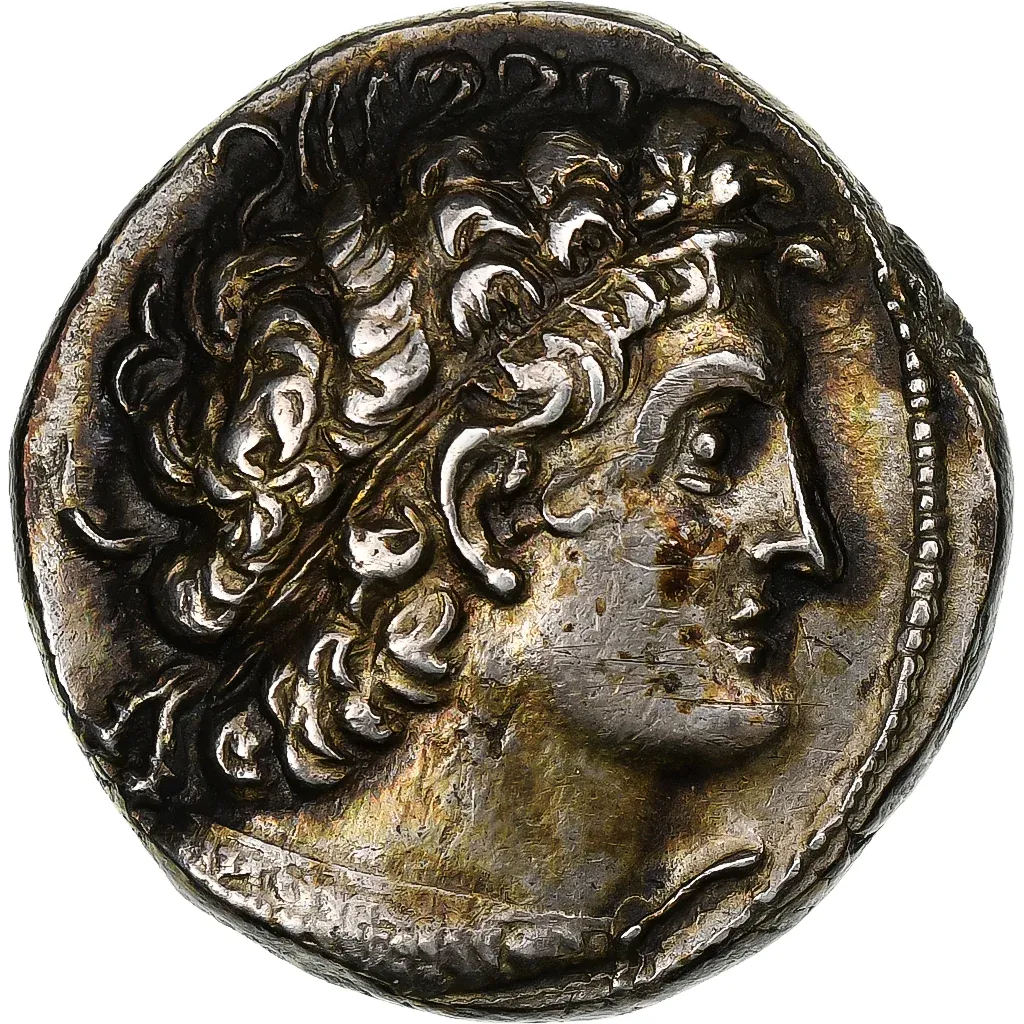
Image from NumisCorner.com
Market analysis - used apps
I’ve noticed that at about half of the stores don’t use any apps that are only internal to Shopify. Most of the used apps by all stores seem to be integrations with larger platforms, or with services that just have Shopify as one way of interacting with them. The obvious ones are Google Ads, Instagram, and the sort, but also Print on Demand providers like Printful. This is not something I can build.
I identified 82 different used apps, and there was surprisingly little overlap, which is good news for me, so that it isn’t concentrated on monopolies.
I identified the major categories and the frequencies of the apps in these categories:
- SEO - 9
- Translation - 4
- Multi-currency - 5
- Gallery - 4
- Reviews - 4
- Wishlist - 2
- Fonts - 2
- Page Builders - 6
- Integrations with big platforms (unofficial) - 3
- Chat & Support - 3
- Tracking - 2
- Upsell - 8 (seems like if you have any, you’ll have many together in a single store)
- Product tabs - 2
- Loyalty - 1
- Popups - 2
It seems like the used apps are not specific to the niche here either, but some can be thought of as more relevant than others, such as the gallery. But then again, this is also easily spreadable across the whole Shopify landscape. What I see here is that other than the big Print on Demand services that live outside Shopify, there isn’t much that’s specifically built for art & design stores.
What would I expect to see used? For original art, more auction usages, ability to make offers. I’d also expect more high fidelity gallery usages, and product tab usages that enable you to pack a lot of information about the artwork in. But mostly it is visual. I guess the core of the value might not be in the apps, but in the themes and what you can do with them to have the overall presentation and landing work out nicely. Hence why there are more page builders on the list too.
What I was surprised by, however, is that one of the best looking, best functioning stores did not have any special apps installed other than the obvious integrations. So it might just be that there’s no actual need here!
I must also talk about the most important one - SEO apps. Yeah, I also like SEO and could do a lot in that space. But it’s also a space that’s extremely saturated on Shopify, with major players, making almost no sense whatsoever trying to go out of your way to find smaller players. And of course it has nothing to do directly with art & design.
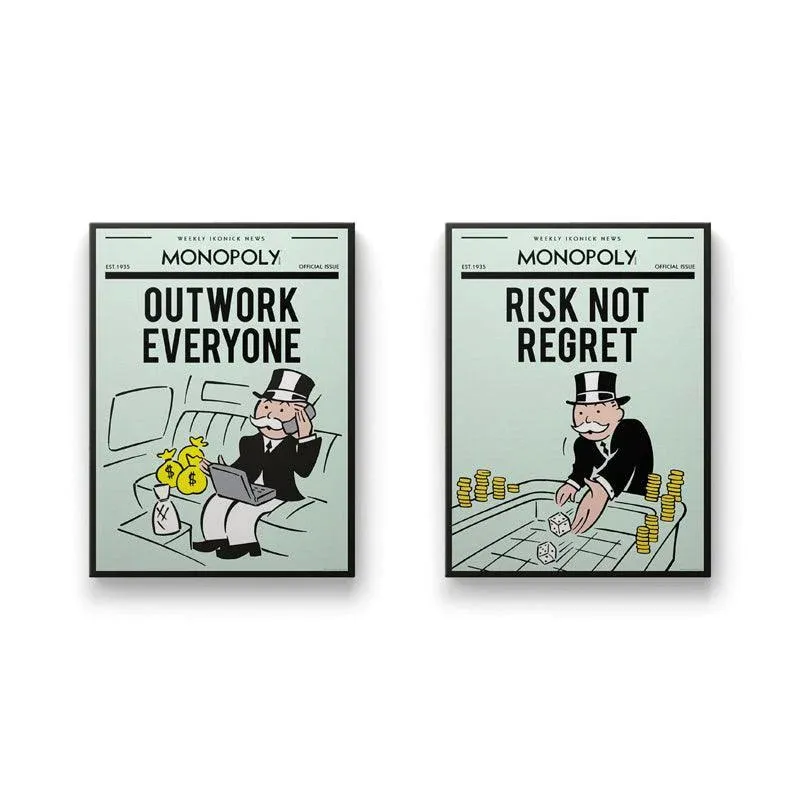
Image from Ikonick
Can I see what works and make my own version?
Reasoning
There isn’t a better signal of a functioning product-market fit than an existing, successful product in the market. Creating a direct competitor, and subsequently doing it at either a lower price, with better customer service, or filling a niche unserved, is a valid strategy.
The question, however, is whether I can build an MVP for one quick enough and validate it without breaking the bank. It’s much harder than it looks, because all the apps that are more popular in the app store are actually pretty complex. I can do it my way, and employ all the new Shopify platform features that the old ones don’t, but still it has to do the core thing why people install it. If it’s a loyalty app, people install it for the loyalty features, not the store credit refunds, even though they might also do the latter.
The downside to this is that if I were this route where every idea is validated with an MVP, then I would have to capture the core essence of the incumbent app, and be able to get some customers on it. Unfortunately, what another person in my local community said is that people don’t install apps without reviews. So it has to initially be free to entice people to install it more easily, get reviews, and then transition to a market segment that actually pays. This is very convoluted. I don’t want to take this route, as this would be death by attrition. Unless there’s some magic way of writing apps people install, but are easy to build - given Shopify’s saturation of apps, I doubt that.
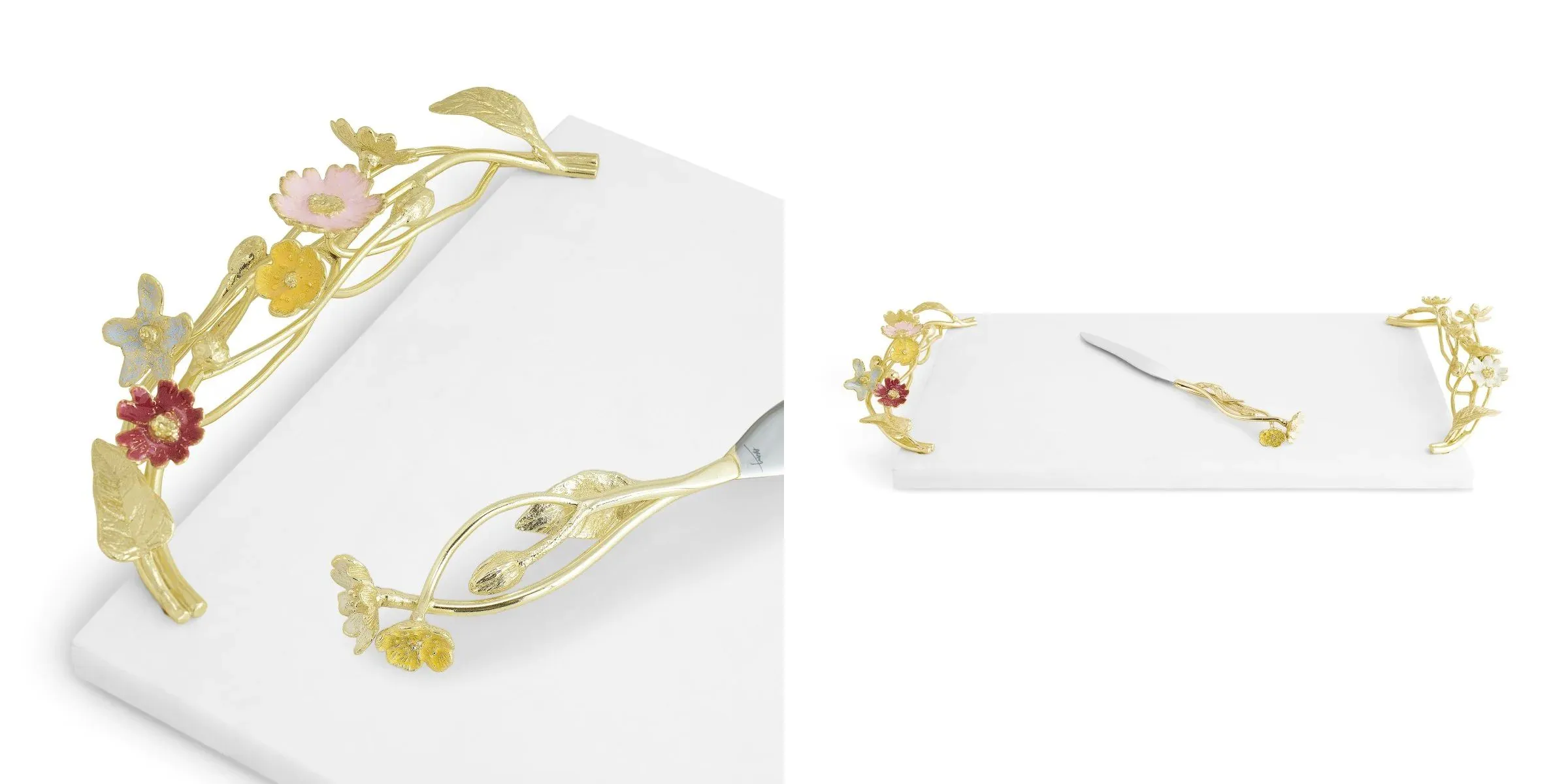
Images from Michael Aram
Possibilities
In the art & design market segment there aren’t too many apps. Amongst the apps that are being used in this category, the apps themselves seem to be very spread apart in their use cases. There’s no single app dominating everything, no clear winners.
Most of what are being used are basically page builders, upsell apps, and SEO apps. With these, I’d immediately move away from my path of actually serving a niche market. Unless I find something special about these.
Page builders
These tend to be very closely related to the existing themes and rely on a lot of knowledge of the overall problems with theme templates. I don’t think my strengths lie here in any sense.
Upsell apps
This is something I actually have experience with. I’ve written algorithms for product recommendations, search rank scoring mathematics, and know about many ways to upsell products within a store.
The only app that was used by more than just one store is Zoorix Bundle Kit & Cross Sell. It seems like it has a lot of different functionalities - neat to develop for sure. But unreasonable to develop as an MVP. I’d need to find out from these two merchants what exactly from this kit they were using. To make this worse, there is a significant amount of functionality given with the free tier. I also don’t know if these two merchants even pay for it.
SEO apps
I know quite a bit about SEO, at least from the more passive side of things, not active link building and campaigns. From the technical side. This was also the area that I thought would be simplest to contribute as I was exploring Shopify as a platform.
Here the apps that are used the most tend to be larger companies with a lot of different apps: SEOAnt ‑ 404 Link Redirect (2), Booster: Page Speed Optimizer (3), Sherpas: Smart SEO (2).
SEOAnt - 404 Link Redirect
Seems like this also has a free tier that basically does most of the work.
Booster - Page Speed Optimizer
This seems to be a free app with the purpose of building brand trust and leading customers to their other products. So hard to compete.
Sherpas: Smart SEO
This seems to be actually doing really well with the number of installs and growth trajectories. This also bundles a lot of different tools together, and similarly to the upsell kit app described above, I don’t know why the art & design stores actually installed it, or even if they paid for it.
Furthermore, if I were to compete with this one, I would also be simultaneously competing with Tiny (that’s one of its competitors). That’s one I don’t want to compete with, as there are very few doing it this well.
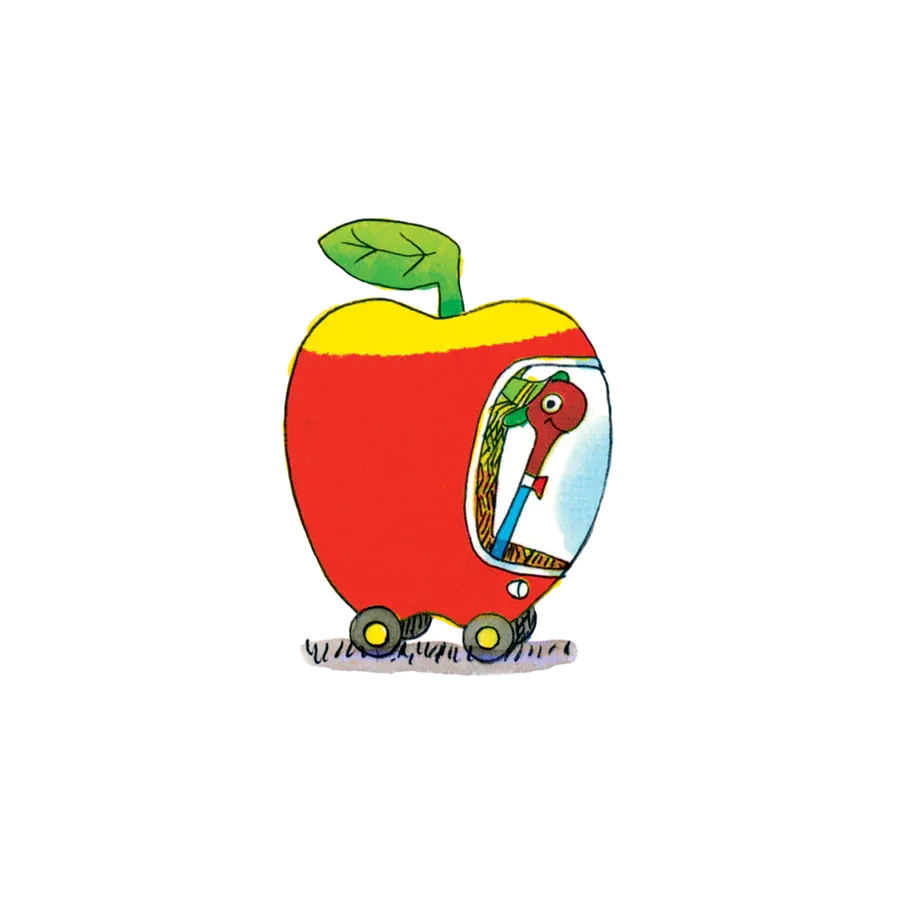
Image from Tattly
Conclusion
So what I have learned from this?
I learned that in this segment, the merchants aren’t very talkative. The ones that are, are mostly struggling businesses. And that the apps they install are mostly heavyweight behemoths’ integrations. The other apps they do install I can’t duplicate and build an MVP for without having a better understanding of their problems.
I have also learned that it brought me joy trying to work in a space that is beautiful in its core. I hope I’m blessed with more such opportunities, but perhaps with better yields.
All artwork in this post is from the Shopify stores I discovered.